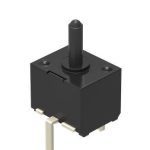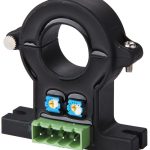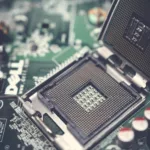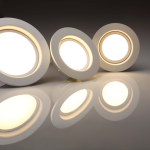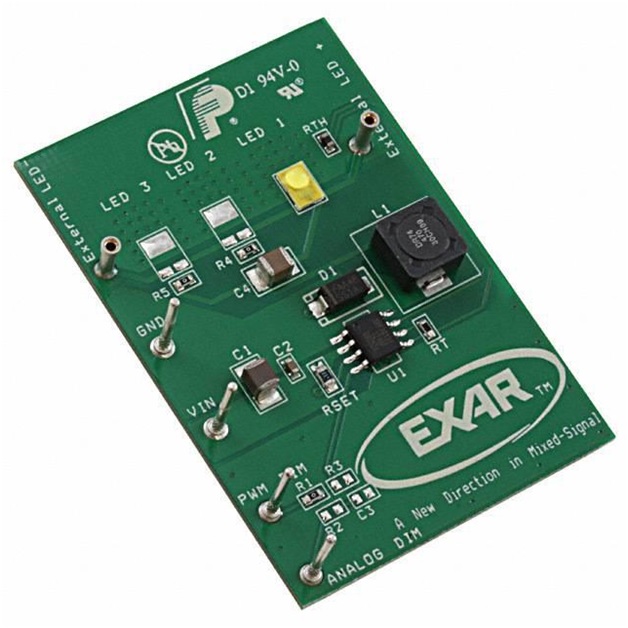
LED drivers
LED drivers are electrical devices that regulate the power that an LED or a string of LEDs is exposed to. It responds to the varying needs of an LED circuit by delivering aconstant quantity of power to the LED while its electrical properties vary with temperature. LED drivers are self-contained power supplies that have outputs that match the electrical characteristics of the LED they power. They may offer dimming through pulse width modulation circuits. They may also have more than achannel for separate control of individual LEDs or LED arrays. In the absence of theproper LED driver, LEDs may become very hot hence unstable resulting in poor performance or even failure.
Types of LED drivers
There are numerous types of LED drivers. At Enrgtech we stock numerous of them and are characterized by:
- Output current
- Supply voltage
- Number of output channels
- Output voltage
- Switching frequency
We stock LED drivers from various manufacturers. To pick the LED driver of choice, you can filter the search results based on the attributes above.
Insight into LED operating characteristics
High-brightness LEDs in most cases deliver optimum performance with aforward voltage of about 3 V. However, the relationship between current and voltage is not linear. In as much the LED starts to turn at low voltage, it will rapidly start drawing higher current as the voltage increases beyond the nominal rating. It is for this reason that conventional solution for driving LEDs to control current through the LED.
The relationship between forward current and relative luminous flux of LEDs is also nonlinear. Even if you doubled the current it won’t result in thedouble output of light. The color tone of LEDs is also affected by variations in current which is why we need to stick to the specified nominal current rating for LEDs. A white LED that has been overdriven tends to change color to blue while an underdrive one will change toward yellow. It is for this reason that Pulse Width Modulation is preferred to analog dimming.
Despite LED lights being more efficient than incandescent bulbs, LED light converts about 25% of energy to visible light. The remaining is converted to other forms of energy like heat. Managing temperature is therefore very important. It enables you to achieve maximum performance from an LED while minimizing on temperature rise which substantially reduces an LED’s life expectancy.
Whereas LEDs rarely fail catastrophically, they normally experience end-of-life failures which statistically mark semiconductor devices leading to either an open or short circuit condition. Other system failures could also lead to LED driver seeing either an open or closed circuit. While considering the needs for an LED driver there is need to consider the protection mode for open circuit, short circuit,and overheating conditions. It is possible to add protection to existing designs,however; more recent drivers have integrated such protection into their design hence making life a lot easier.
Driver protection modes
To get a better insight into LED driver protection modes, let us examine the XRP7613. This LED driver is a 1.2 A, 36 V step-down type. It utilizes the “floating buck” topology.
Open and short circuit protection
An external sense resistor RSET is used to set an LED’s normal current. The RSET also biases the LED string via an inductor to ground through an internal FET. Whenever an open circuit occurs, the RSET will pull the voltage sensed on ISEN to VIN causing the LED to shut down. In the event of a short-circuit, the XRP7613 will maintain current as determined by RSET.
Overheating protection
This provided using a through current foldback technique which applies automatic linear dimming of current with the rise in the temperature. To achieve this, the divider circuits voltage VTH is monitored. RTH is a negative temperature coefficient thermistor while RT is a fixed resistor connected to the reference voltage VREF. RT’s values and RTH’s characteristic are chosen in a manner that as the LED temperature approach 70°C, the voltage level on the TH pin drops to 0.4 V. If the temperature rises further up to 90°C, the voltage will keep dropping up to 0.28 V. Any temperature rise beyond that will lead to the LED being turned off to allow for cooling until VTH rises to 0.3 V that is when the LED can turn on again.






